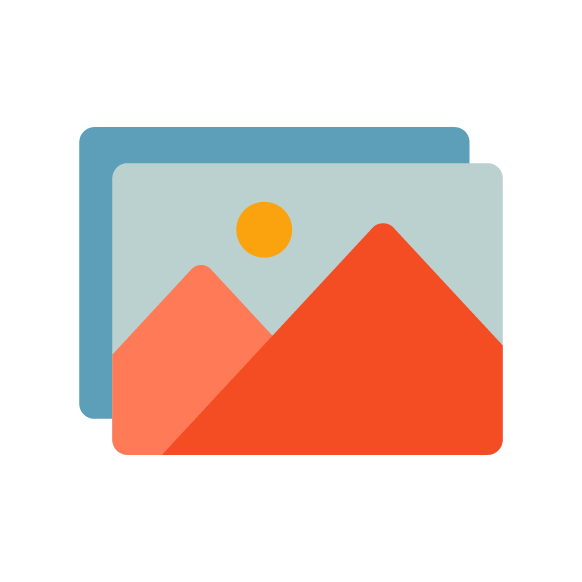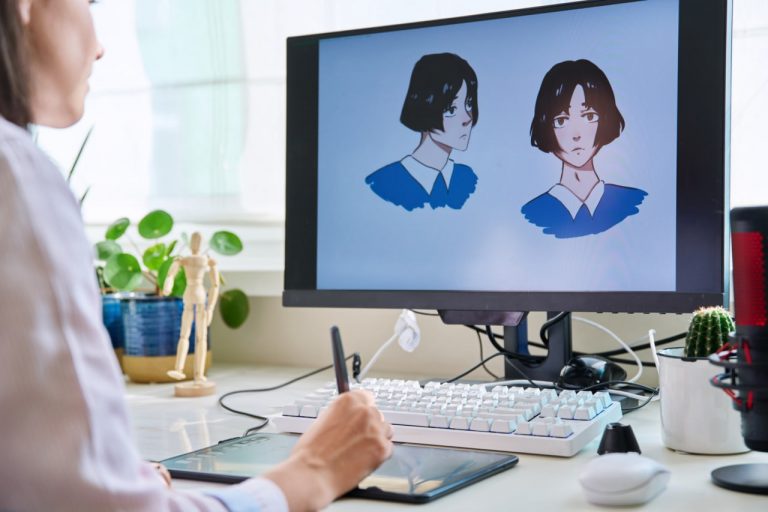Understanding the Importance of Workflow
A strong creative workflow is essential for artists who want to maximize productivity without sacrificing quality. Workflow refers to the structured process of organizing your tasks, managing your time, and efficiently executing projects. By establishing a clear workflow, you can reduce stress, stay motivated, and maintain consistency in your art.
Planning Your Art Projects
Before starting any project, planning is crucial. Begin by defining your goals, whether it’s completing an illustration, developing a concept, or creating a full series. Break the project into smaller tasks, such as research, sketching, inking, coloring, and final touches. Setting deadlines for each stage helps maintain momentum and ensures that no part of the process is overlooked.
Organizing Your Digital Workspace
A cluttered digital workspace can hinder creativity and efficiency. Organize your files, brushes, and reference materials to streamline your workflow. Create folders for different projects, maintain a consistent naming system, and utilize cloud storage to access your work across devices. Keeping your workspace tidy allows you to focus fully on the creative process without unnecessary distractions.
Time Management Techniques
Managing time effectively is a critical component of productivity. Artists can benefit from techniques such as:
- Time Blocking: Allocate specific blocks of time for different tasks to stay focused.
- Pomodoro Technique: Work in short, intense intervals with breaks to maintain energy.
- Priority Lists: Identify high-priority tasks to tackle first and prevent procrastination.
Balancing Creativity and Routine
While routines improve productivity, too much structure can stifle creativity. Finding a balance is key. Allow time for experimentation, sketching, and exploring new ideas outside of scheduled tasks. Flexibility in your routine encourages innovation while still maintaining progress on core projects.
Using Productivity Tools for Artists
Modern digital tools can enhance workflow and save valuable time. Some effective tools include:
- Project Management Software: Track tasks, deadlines, and milestones for larger projects.
- Digital Drawing Apps: Features like customizable brushes, layers, and templates streamline technical processes.
- Reference Management Tools: Organize inspiration images, tutorials, and mood boards for easy access.
- Time Tracking Apps: Monitor your work habits and identify areas for improvement.
Collaboration and Feedback
Working in isolation can sometimes slow growth. Collaboration with other artists or receiving constructive feedback helps refine your work and inspires new ideas. Participate in online communities, art groups, or mentorship programs to exchange knowledge, gain perspective, and maintain accountability.
Maintaining Motivation and Avoiding Burnout
Consistency is important, but overworking can lead to burnout. Maintain motivation by setting achievable goals, celebrating small successes, and varying your projects. Regular breaks, exercise, and creative hobbies outside digital art contribute to mental and physical well-being, ultimately enhancing productivity.
Continuous Learning and Skill Development
Productivity is not just about working faster; it’s about working smarter. Dedicate time to learning new techniques, software updates, or artistic styles. Continuous skill development increases efficiency, inspires creativity, and ensures your workflow evolves along with your abilities.



